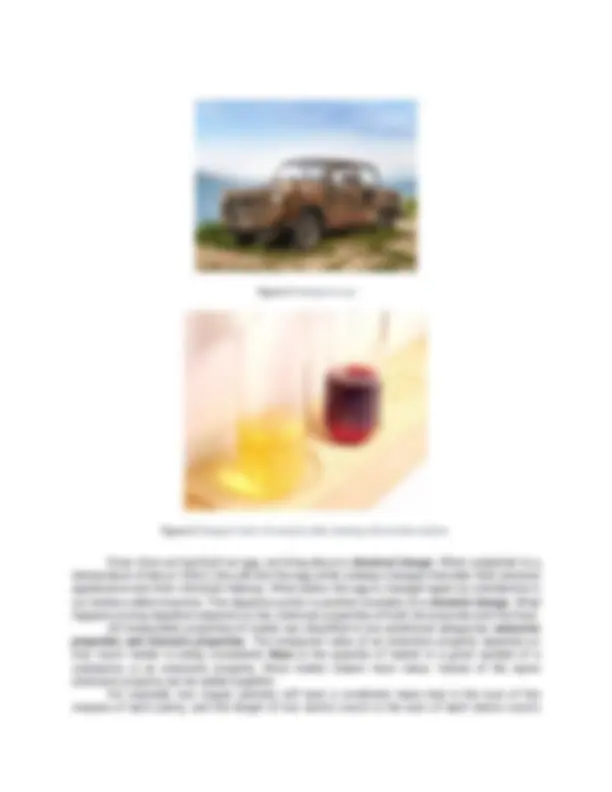




Study with the several resources on Docsity

Earn points by helping other students or get them with a premium plan


Prepare for your exams
Study with the several resources on Docsity

Earn points to download
Earn points by helping other students or get them with a premium plan
Community
Ask the community for help and clear up your study doubts
Discover the best universities in your country according to Docsity users
Free resources
Download our free guides on studying techniques, anxiety management strategies, and thesis advice from Docsity tutors
An explanation of the differences between physical and chemical properties of matter, as well as extensive and intensive properties. It includes examples and learning objectives for distinguishing between physical and chemical changes, and the measurement of physical and intensive properties.
Typology: Exercises
1 / 4

This page cannot be seen from the preview
Don't miss anything!



At the end of the lesson, you (student) should be able to:
This time I want you to proceed to this part wherein, you will learn more about the different properties and behaviors of matter. As you move learning the lesson, I want you to check whether your answer is correct based on the question presented. Substances are identified by their properties as well as by their composition. Color, melting point, and boiling point are physical properties. A physical property can be measured and observed without changing the composition or identity of a substance. For example, we can measure the melting point of ice by heating a block of ice and recording the temperature at which the ice is converted to water. Water differs from ice only in appearance, not in composition, so this is a physical change; we can freeze the water to recover the original ice. Therefore, the melting point of a substance is a physical property. Similarly, when we say that helium gas is lighter than air, we refer to physical property. On the other hand, the statement "Hydrogen gas burns in oxygen gas to form water" describes a chemical property of hydrogen, because to observe this property, we must carry out a chemical change , in this case, burning. After the change, the original chemical substance, the hydrogen gas, will have vanished, and all that will be left is a different chemical substance—water. We cannot recover the hydrogen from the water by means of a physical change , such as boiling or freezing.
The difference between a physical reaction and a chemical reaction is composition. In a chemical reaction, there is a change in the composition of the substances. While in a physical change there is a difference in the appearance, smell, or simple display of a sample of matter without a change in composition. Although we call them physical "reactions," no reaction is actually occurring. For a reaction to occur, there must be a change in the elemental composition of the substance in question. Physical changes are limited to changes that result in a difference in display without changing the composition. Chemical changes, on the other hand, are quite different. A chemical change occurs when the substance's composition is changed. When bonds are broken and new ones are formed, a chemical change occurs. The following are indicators of chemical changes: change in temperature; change in color; noticeable odor (after the reaction has begun); formation of a precipitate, and formation of bubbles. Figure 2. Lightning produces a fresh and clean smell due to its reaction with Oxygen in the atmosphere. Figure 1. A Chemical Reaction
lengths. Volume , defined as length cubed, is another extensive property. The value of an extensive quantity depends on the amount of matter. The measured value of an intensive property does not depend on how much matter is being considered. Density , defined as the mass of an object divided by its volume, is an intensive property. So is the temperature. Suppose that we have two beakers of water with the same temperature. If we combine them to make a single quantity of water in a larger beaker, the temperature of the larger quantity of water will be the same as it was in two separate beakers. Unlike mass, length, and volume, temperature and other intensive properties are not additive.